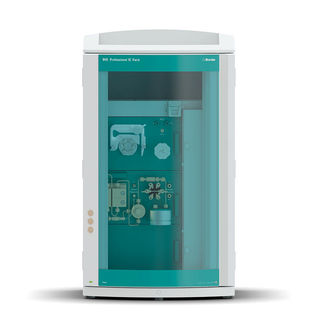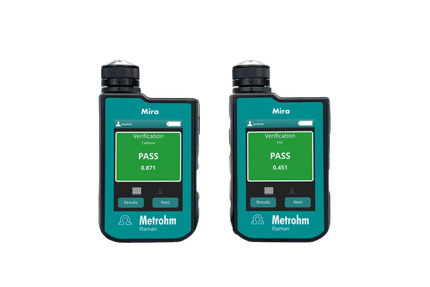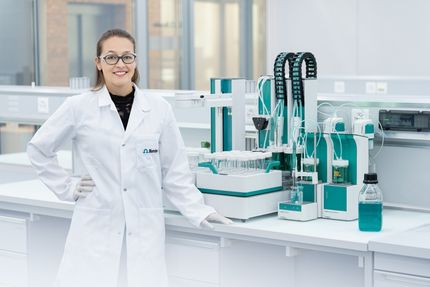To use all functions of this page, please activate cookies in your browser.
my.chemeurope.com
With an accout for my.chemeurope.com you can always see everything at a glance – and you can configure your own website and individual newsletter.
- My watch list
- My saved searches
- My saved topics
- My newsletter
HAZMAT Class 2 GasesThe HAZMAT Class 2 in United States law includes all gases which are compressed and stored for transportation. Class 2 has three divisions: Flammable (also called combustible), Non-Flammable/Non-Poisonous, and Poisonous. Product highlight
DivisionsDivision 2.1: Flammable Gas 454 kg (1001 lb) of any material which is a gas at 20 °C (68 °F) or less and 101.3 kPa (14.7 psi) of pressure (a material which has a boiling point of 20 °C (68 °F) or less at 101.3 kPa (14.7 psi)) which-
Except for aerosols, the limits specified in paragraphs (a)(1) and (a)(2) of this section shall be determined at 101.3 kPa (14.7 psi) of pressure and a temperature of 20 °C (68 °F) in accordance with ASTM E681-85, Standard Test Method for Concentration Limits of Flammability of Chemicals or other equivalent method approved by the Associate Administrator for Hazardous Materials Safety. The flammability of aerosols is determined by the tests specified in 49CFR 173.306(i). Division 2.2: Non-Flammable, Non-Poisonus Gas This division includes compressed gas, liquefied gas, pressurized cryogenic gas, compressed gas in solution, asphyxiant gas and oxidizing gas. A non-flammable, nonpoisonous compressed gas (Division 2.2) means any material (or mixture) which:
Division 2.2: Oxygen This is an optional placard to the 2.2 Non-flammable Gas placard for compressed Oxygen in either the gas or liquid state. Oxygen is considered a non-flammable because it in and of itself does not burn. It is, however, required for combustion to take place. High concentrations of oxygen greatly increases the rate and intensity of combustion. Division 2.3: Poison Gas Gas poisonous by inhalation means a material which is a gas at 20 °C or less and a pressure of 101.3 kPa (a material which has a boiling point of 20 °C or less at 101.3kPa (14.7 psi)) and which:
Placards
Compatibility table
References
|
||||||||||||||||||||||||||||||||||||||||||||||||||||||||||||||||||||||||||||||||||||||||||||||||||||||||||||||||||||||||||||||||||||||||||||||||||||||||||||||||||||||||||||||||||||||||||||||||||||||||||||||||||||||||||||||||||||||||
| This article is licensed under the GNU Free Documentation License. It uses material from the Wikipedia article "HAZMAT_Class_2_Gases". A list of authors is available in Wikipedia. | ||||||||||||||||||||||||||||||||||||||||||||||||||||||||||||||||||||||||||||||||||||||||||||||||||||||||||||||||||||||||||||||||||||||||||||||||||||||||||||||||||||||||||||||||||||||||||||||||||||||||||||||||||||||||||||||||||||||||







